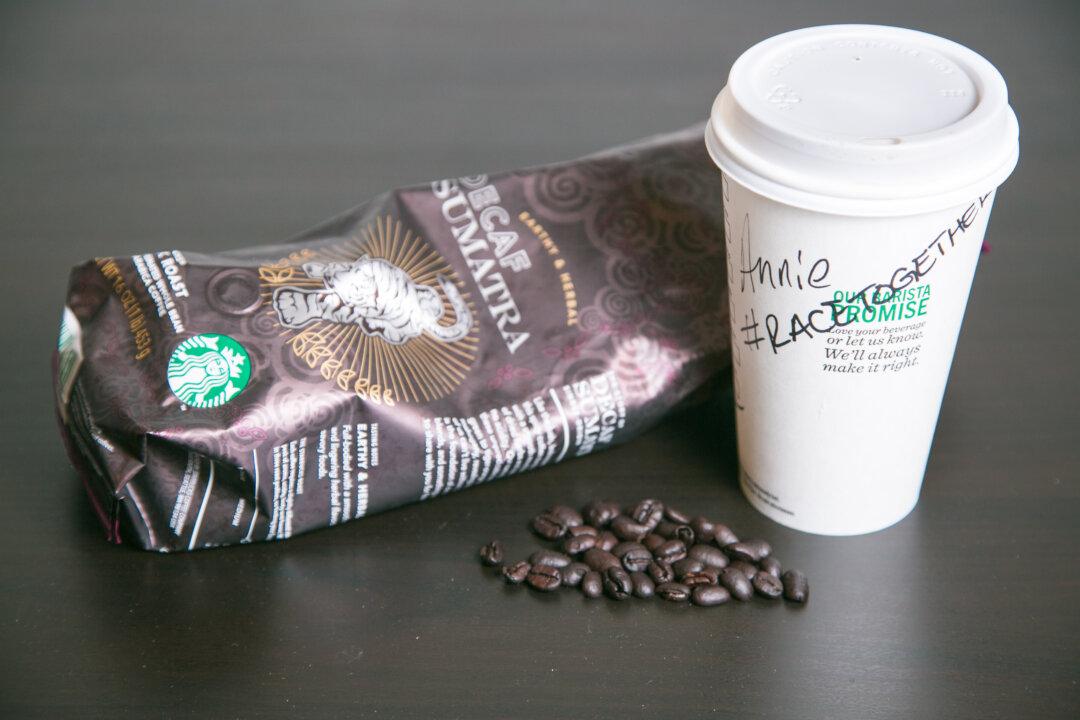This week, Starbucks Coffee launched a campaign to get its employees to talk about race relations in America with its customers.
If they so wish, baristas can write the hashtag, #RaceTogether on customers’ coffee cups when taking their orders, in the hopes of initiating a conversation about the critical, but touchy subject.
While many people who first heard about the campaign dismissed it, skeptical that a conversation with a Starbucks employee could do much to change the racism and bigotry that still exists in this country, I wondered: How would you begin to talk about race with a complete stranger? Would my fellow New Yorkers waiting on line chastise me for holding up their caffeine fix?





